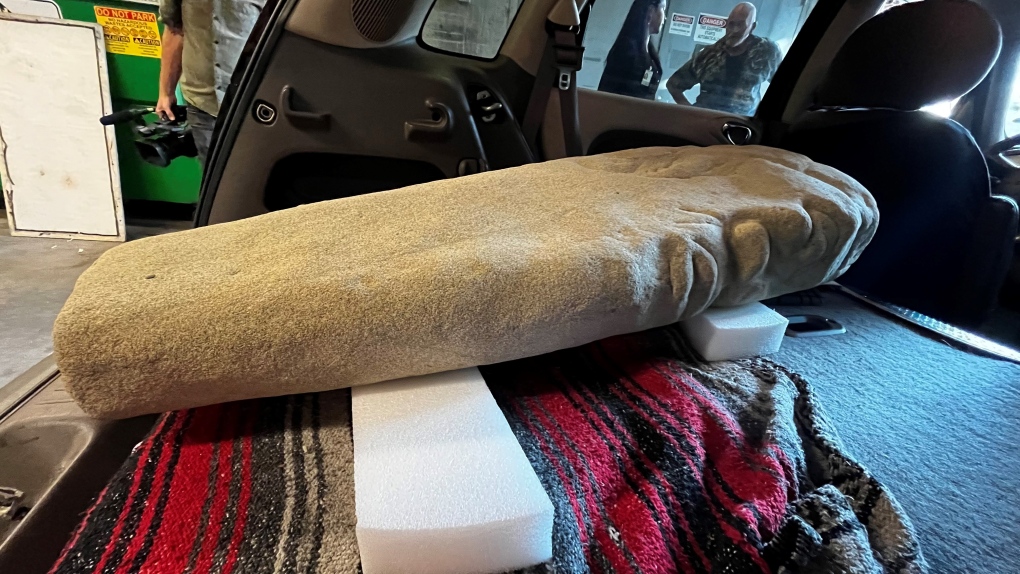
Royal B.C. Museum apologizes after 2017 carving declared ancient Indigenous artifact
CTV
The Royal British Columbia Museum apologized Tuesday and admitted for the first time that one of its artifacts is not, in fact, a centuries-old Indigenous stone monument, as museum curators had claimed. Rather, the stone carving was created five years ago by a Victoria hobbyist with no ties to local Indigenous culture, despite the museum's grand assertions about the stone's historic significance to the First Peoples of Vancouver Island.
Rather, the stone was carved five years ago by a Victoria hobbyist with no ties to local Indigenous culture, despite the museum's grand assertions about the stone's historic significance to the First Peoples of Vancouver Island.
The museum clung to that ancient-origin story until Tuesday, when staff met with the local carver in the museum's underground loading dock and forklifted the stone into the back of his car to finally take home.
In a letter of apology, museum CEO Alicia Dubois said she was "relieved and pleased" to see the artwork returned to its rightful owner.
"I would like to express my gratitude for your patience as we navigated this unfamiliar territory and extend sincere apologies for the errors made during the process," Dubois wrote.
"I assure you that as a team, we have learned from this experience and are taking concrete measures to ensure similar errors are not made in future."
It was raining in Victoria in January 2017 when Ray Boudreau, a night watchman for a security company, went to the beach with the carpenter's hammer and chisel he kept in the trunk of his car.
He had tooled leather bibles before, but never solid rock. Nonetheless, he found a piece of sandstone – weighing in excess of 100 kilograms – at the bottom of the bluff and started carving the human face that would go on to dupe researchers at B.C.'s foremost repository of natural and human history.
When Boudreau returned to the beach days later to finish his carving, the rock was gone. He figured someone took it, but more likely it was carried out to sea by a surging winter tide.
